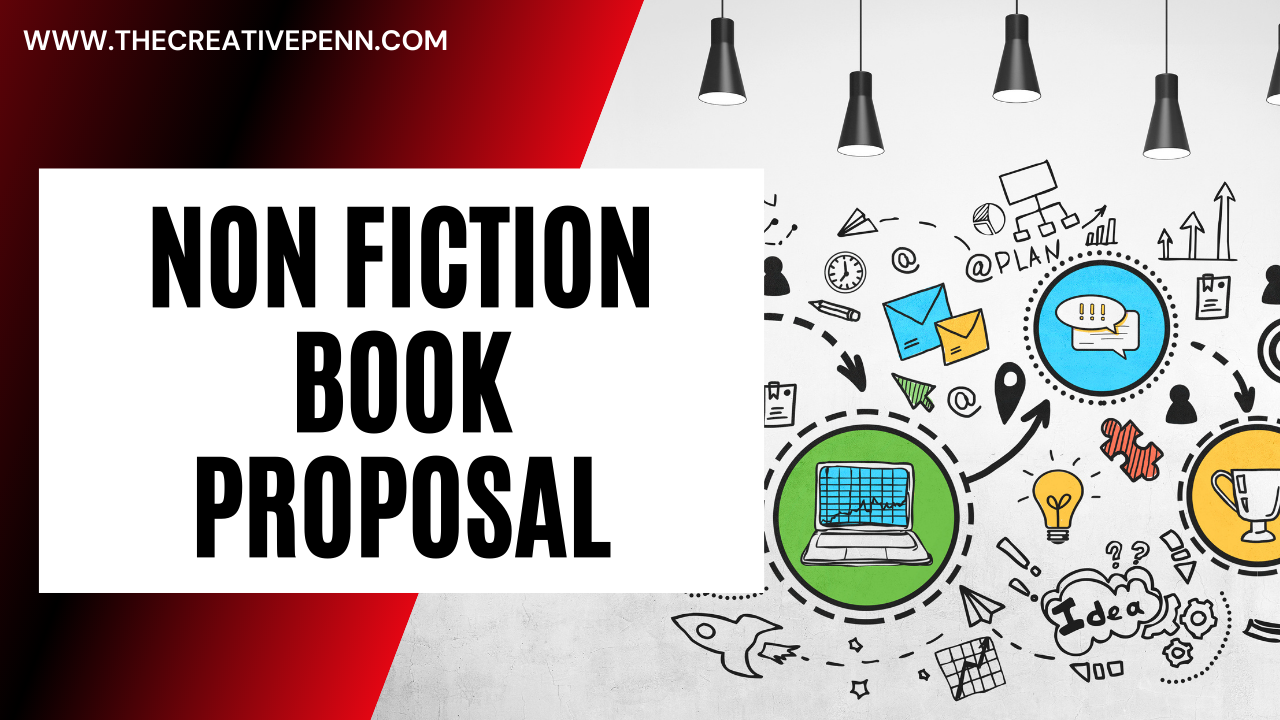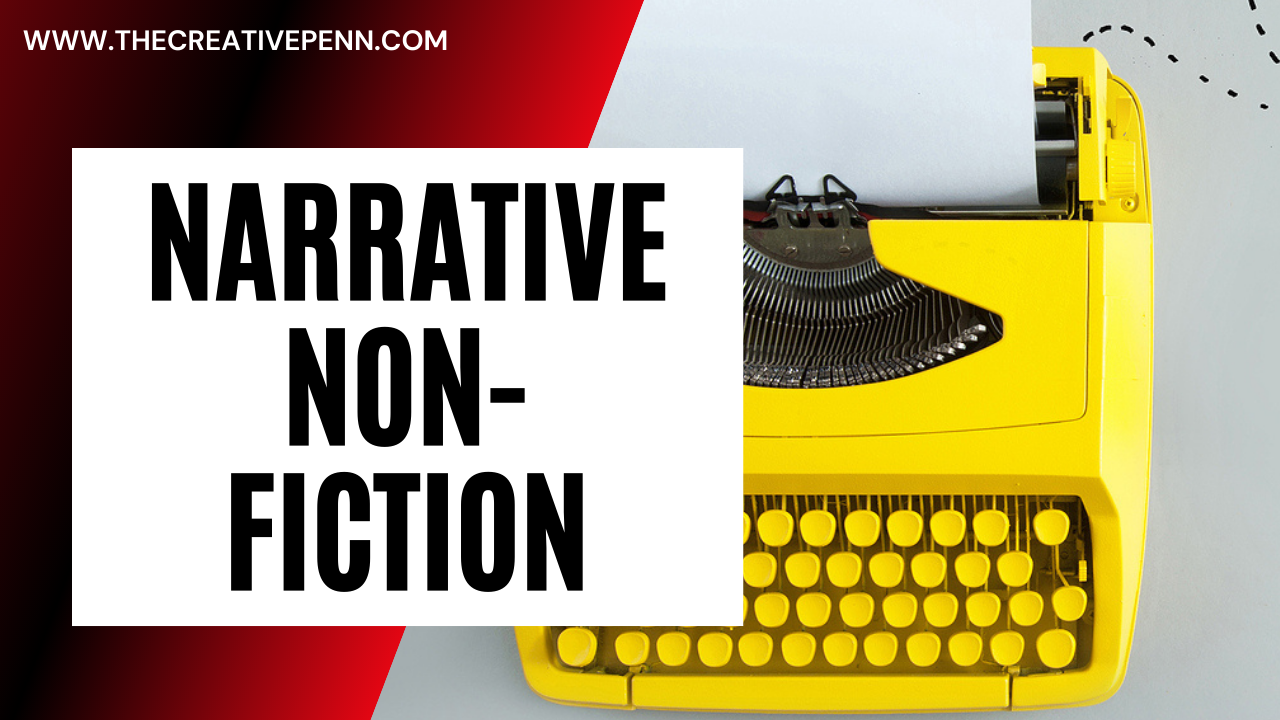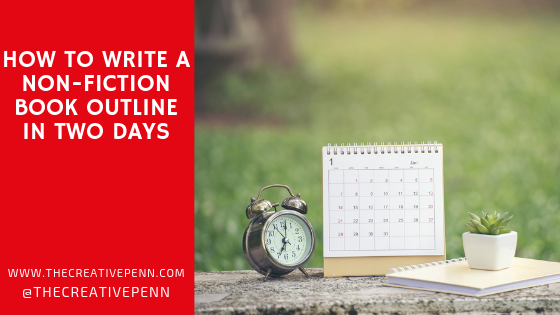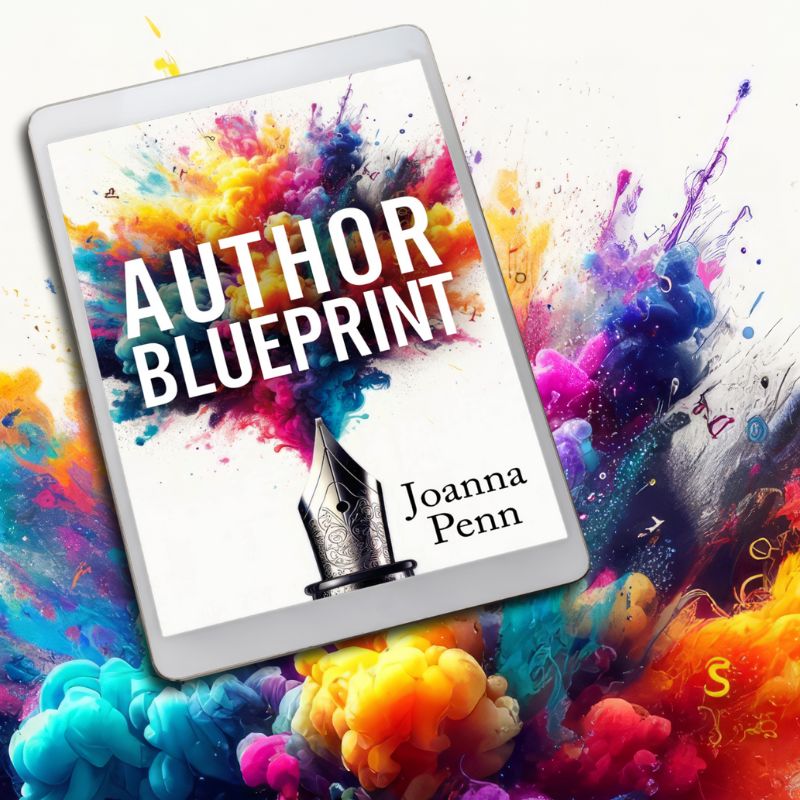How can you stand out in a crowded market of non-fiction books? How can you build a business around your central topic? How can you deal with failure to move on to success? Stephanie Chandler …
Continue Reading about The Craft And Business Of Writing Non-Fiction Books With Stephanie Chandler →



